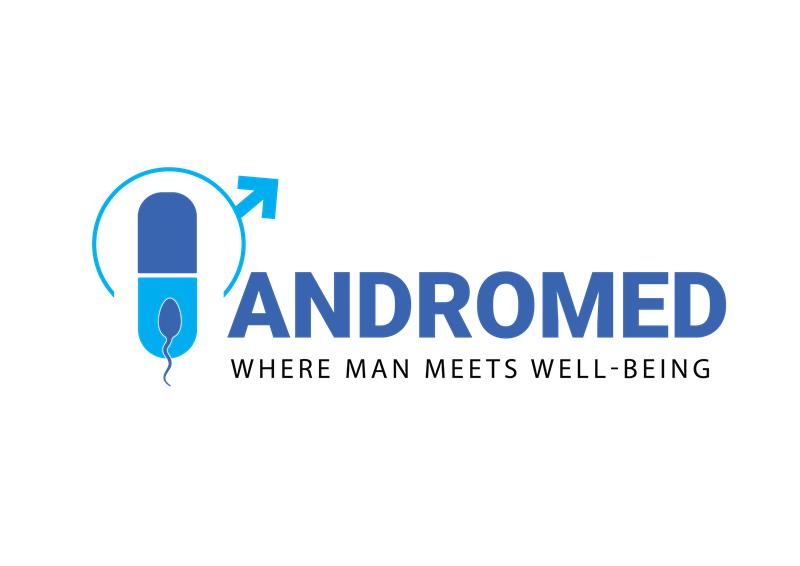Causes of Non-Obstructive Azoospermia
Non-obstructive azoospermia may be brought on by a variety of illnesses, including genetic disorders, hormonal dysregulations, and environmental triggers like radiation or chemotherapy. Additionally, some medical diseases including the mumps, testicular damage, or particular drugs may be the cause. By far, genetic cause is the most common etiology today for which there is no cure available.
Diagnosis & Treatment
In order to diagnose non-obstructive azoospermia, a physical examination, semen analysis, and blood tests to measure hormone levels are usually required. Gone are the days when for the confirmation of diagnosis, a testicular biopsy was done.
The modern day approach to managing non obstructive azoospermia is physical exam, male hormones of which the most important is follicle stimulating hormone (FSH), followed by appropriate genetic tests. FSH levels guide the andrologist if a simpler procedure such as needle aspiration (testicular sperm aspiration; TESA) would suffice or require the more sophisticated approach as explained here. The availability of facility and expertise of MicroTESE is limited.
The underlying aetiology of non-obstructive azoospermia affects how the condition is treated. In case there is no genetic etiology, hormone related therapy may be employed. For usage in assisted reproductive technologies [ICSI], MicroTESE is the gold standard. In men in whom this procedure was negative, donor sperm may be utilised for assisted reproduction when no viable sperm are present. There are empiric treatments in the form of injections (gonadotropins) when the couple is willing to attempt another time.
Procedure
Under short general anesthesia, an incision is made in the midline of the scrotum thorugh which both testes can be assessed. This procedure involves identifying and removing minute tissue samples from the testicles under a microscope, repeatedly and sending it to the embryology lab. The tissue samples are simultaneously analysed meticulously, after processing, under an inverted ICSI microscope to identify the potential sperms andning regions. These sperm containing areas can be identified by the andrologist based on his expertise and also based in the experience of an embryologist trained in these special procedures.
These sperms are then frozen at -185 degree C for future use. We employ single sperm freezing and vitrification to improve the yield on thawing and choose the best available sperm for ICSI.
As this operation scans the entire testis, MicroTESE is regarded as a highly successful sperm retrieval technique. MicroTESE enables the identification and extraction of even minute quantities of viable sperm. It is a minimally invasive procedure, as it causes less tissue trauma and has a quicker recovery period than other surgical sperm retrieval techniques. The long term effects such as testosterone deficiency and need for testosterone replacement are lesser with MicroTESE.
Recovery
The treatment is often carried out while the patient is under general anesthesia and is classified as an outpatient procedure, thus the patient can typically leave for home the same day. After the treatment, there is typically a 1-week recovery period, during which patients are encouraged to refrain from heavy lifting and intense activities. These men can do their routine works and can return to desk job in 3-4 days.
Benefits
The advantages of micro-TESE include the capacity to obtain healthy sperm for use in assisted reproductive techniques, which can raise the likelihood of conception for partners of men with non-obstructive azoospermia. The treatment is also regarded as a secure and reliable substitute for other sperm retrieval techniques, such as testicular biopsy.
Finally, microsurgical testicular sperm extraction (micro-TESE) is a minimally invasive and extremely successful method for sperm retrieval for use in assisted reproductive technologies. It is crucial to discuss your options for reproductive treatment, including micro-TESE, with your healthcare professional if you have non-obstructive azoospermia. The most important pointers towards success is careful identification of spermatogenic potential, genetic etiology, degree of testicular failure, partner’s reproductive potential and experience of the embryologist to deal with such complex process.


